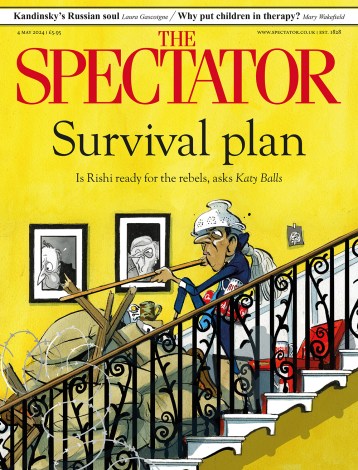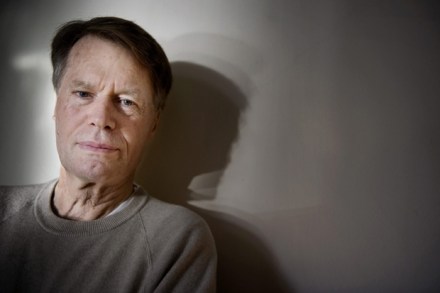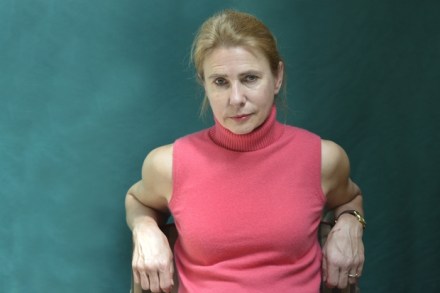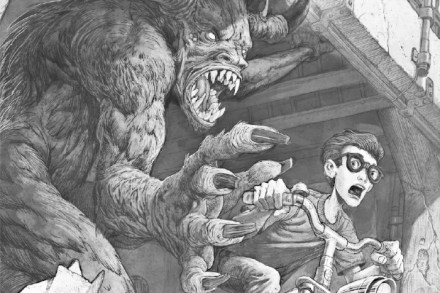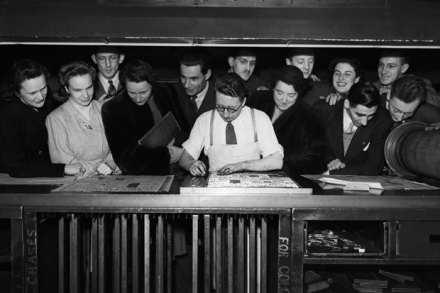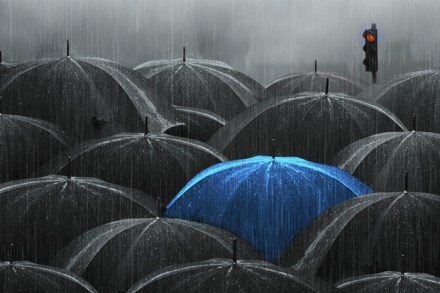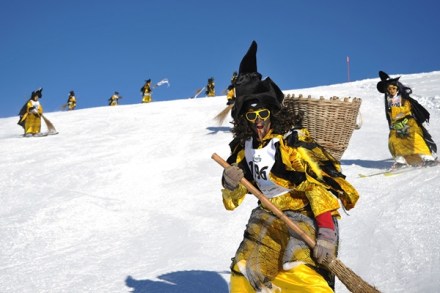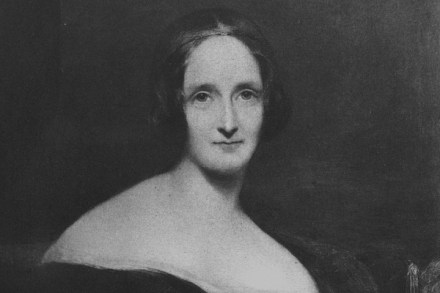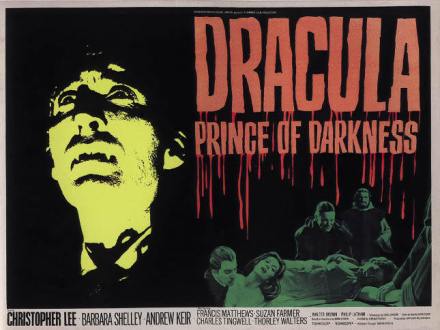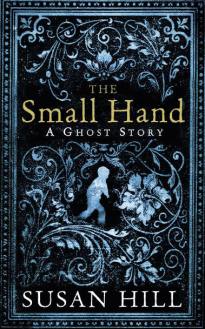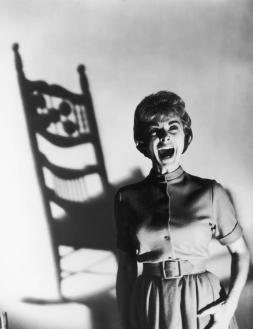Deadlier than the male | 3 November 2016
Teenage girls all over the world have suddenly developed electro-magnetic powers that can be unleashed on anybody who bugs them. The effect of these electrical jolts ranges from a tingly sensation to scarring, shock, pain, permanent disability, dismemberment and sometimes death. So girls have all the ‘power’ now. Older women soon start zapping too, and thereby move into high office and make millions. It is the end of patriarchy as we know it: almost overnight, women’s tolerance of bullying and sexual harassment sinks to zero, and men start dropping like flies. They now become the world’s cowering victims, servants, slaves and playthings. Men have to adapt swiftly to their new


